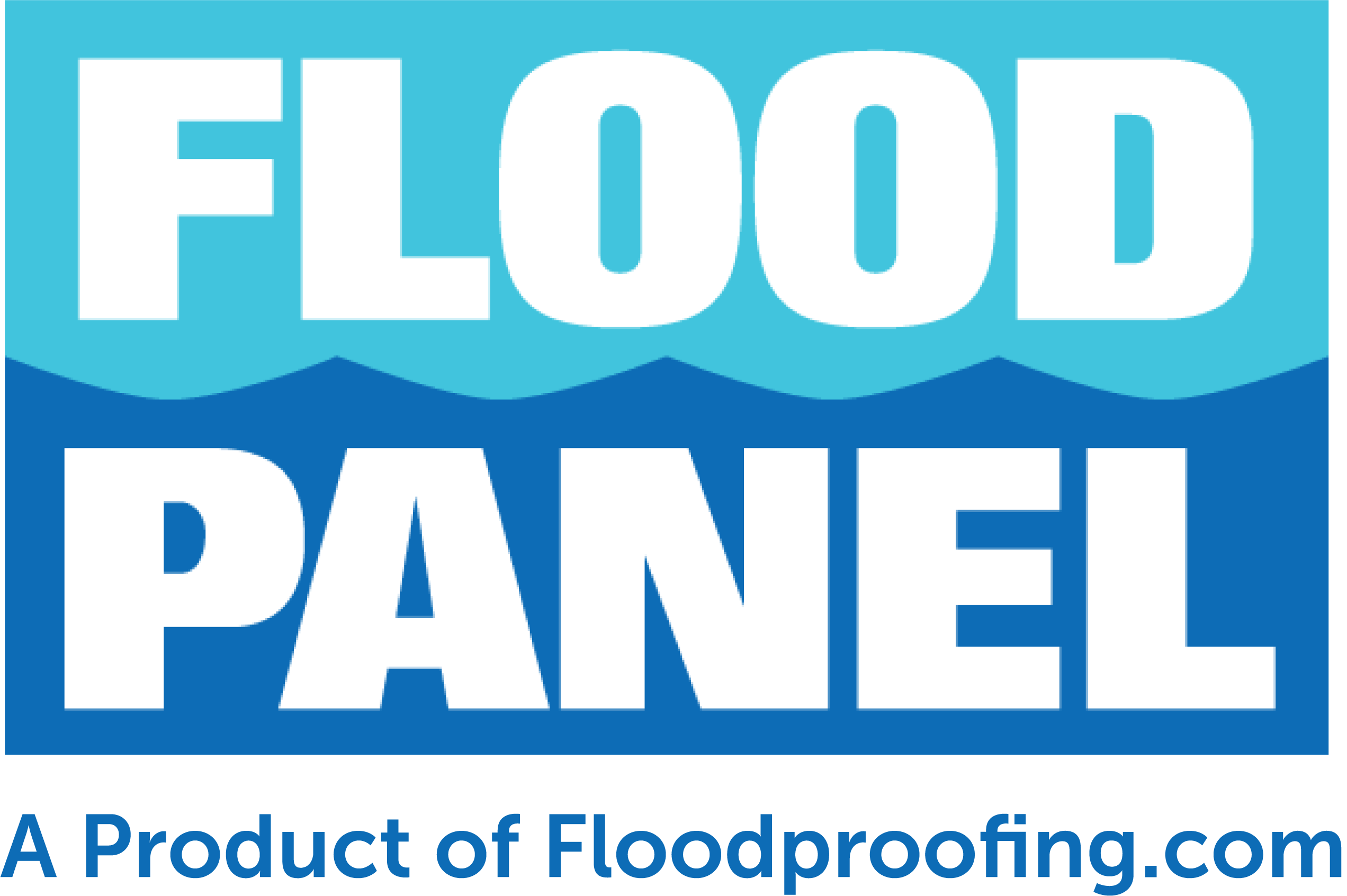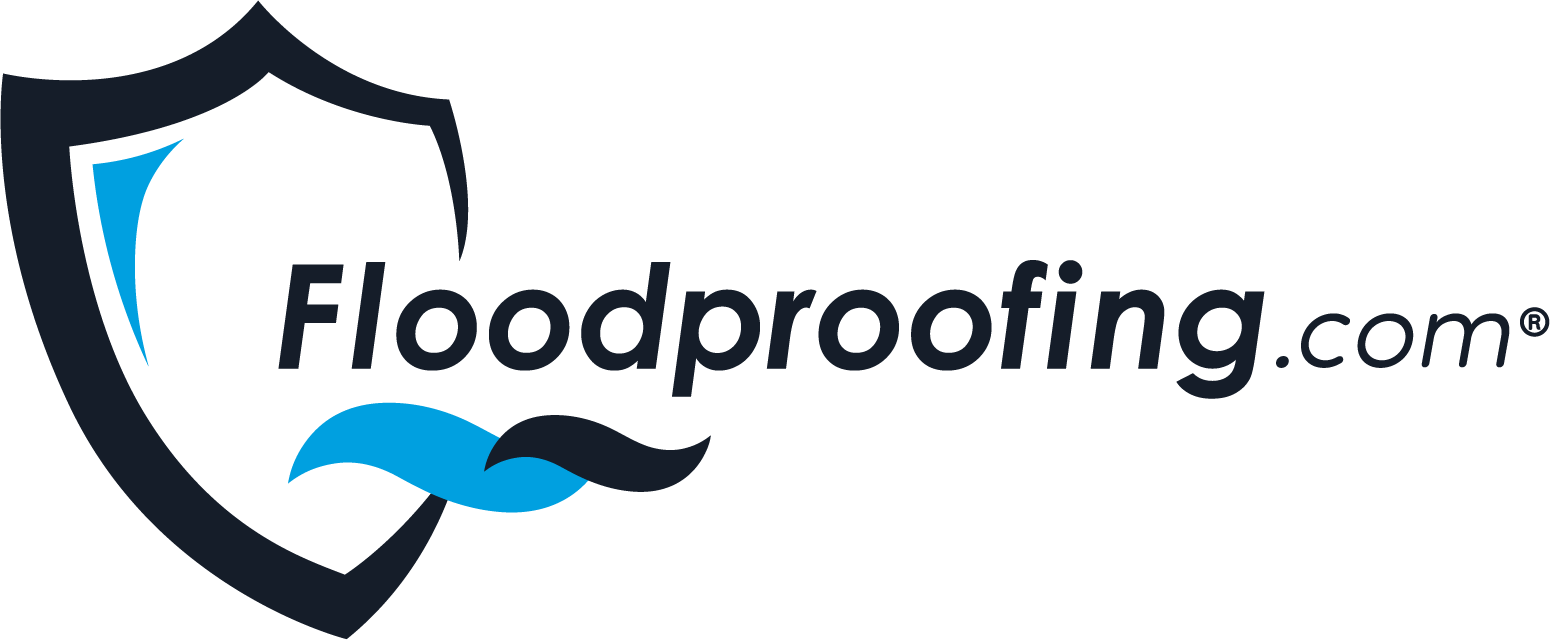Blog
Media Contact
Email: media@floodpanel.com
Montana Declares Flood Emergency
The state of Montana is often called the “Big Sky” state due to its seemingly boundless horizon and vast prairies. The state is often plagued by drought and dust storms, but during the winter there is a lot of precipitation in the form of snow. This year, however, has brought greater than average snowfall, and the accumulated snowpack is well above normal levels. Some areas have received more than their average yearly precipitation in just the past month alone! The state is readying itself for almost guaranteed widespread flooding as this immense snowpack begins to melt.
Video footage of the flood that occurred in Livingston, Montana on March 6, 2014. The city of Livingston declared a state of emergency as warm temperatures and rain melted snow and filled the streets. (Video: Christopher Cauble)
At the beginning of March, the flooding began. Across the state rivers swelled and rose above flood barriers, sending water into residential communities and farmlands. At the same time, some flooded areas received 6-8 inches of new snow, which combined with the floodwaters to make a miserable, slushy mess.
The flooding brought all the usual misery to affected communities: homes were evacuated, basements were flooded, schools were closed, and a “boil water” order went into affect. New snowfall increased worries for those affected, and impeded efforts to evacuate and control the existing flooding.
The town of Manhattan, Montana, much like its namesake in New York, lies in a flood-prone area. Last week it was inundated by sudden runoff from snowmelt and swollen rivers, and much of Main Street was underwater. In what is being called the worst flooding in over 60 years, over $1 million of damage was inflicted on the tiny town, which has a population of just 1549 people.
Although Manhattan has not seen flooding on this scale for many decades, city officials understand that more of the same lies in the future, as climate change makes severe flooding a more common occurrence. Already, the talk is of planning for what may well become regular flooding, and making the changes, such as flood barriers, berms, and run-off control that can prevent future disasters.
Meanwhile, more flooding is expected in Montana, and in a much wider area. Communities across Montana and Wyoming are filling sandbags, testing sump-pumps, and raising valuable items above flood level. Some rivers that are blocked by ice jams are of particular concern. These ice jams act as a sort of dam on the rivers, and if they are released suddenly by rapid melting, flash flooding could be the result.
In response to recent flooding and predicted further inundation, the Governor of Montana has declared a state-wide flood emergency. More than half of the state’s 56 counties are currently under flood watch, with hundreds of people already cut off by flooded or impassible roads. While the population is weary of unrelenting winter weather, the hope now is for low temperatures that will freeze the floodwaters, allowing isolated people to get out of stranded communities.
Source: http://www.floodbarrierusa.com/

